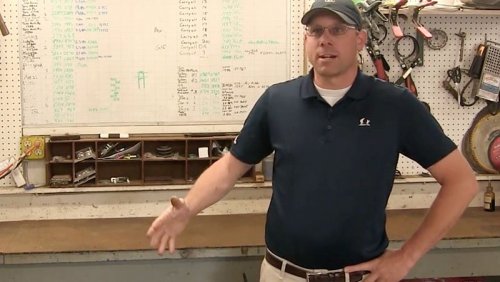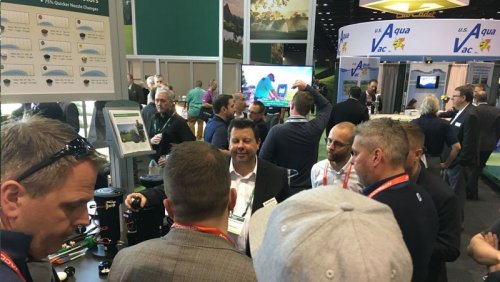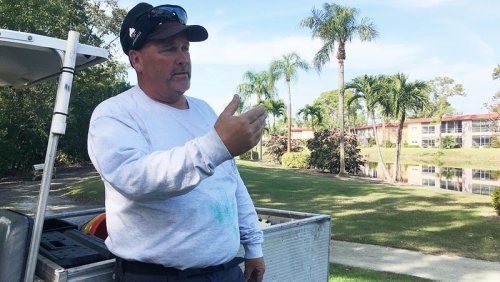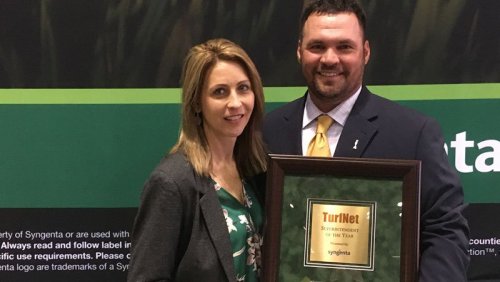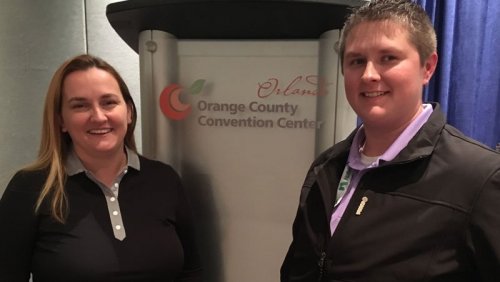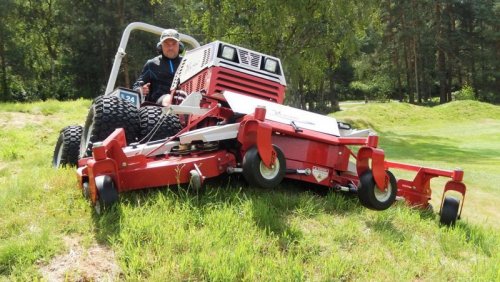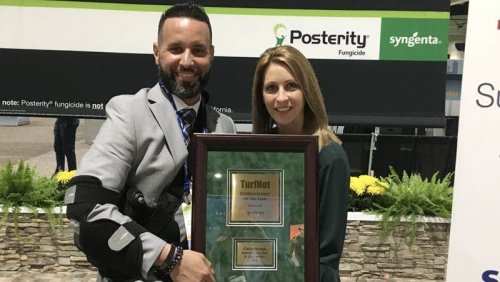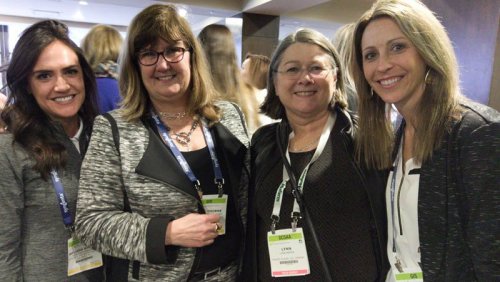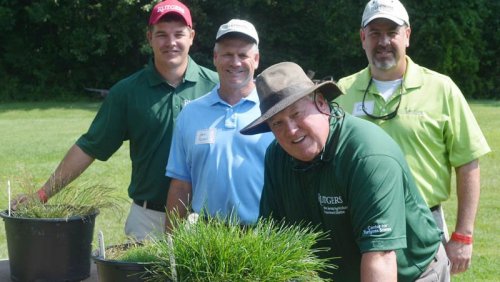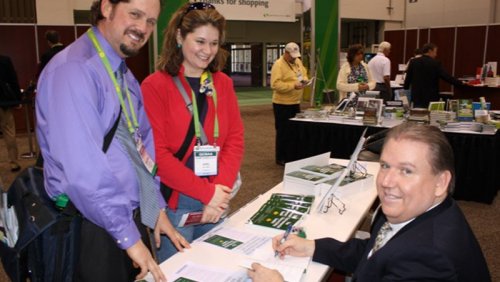
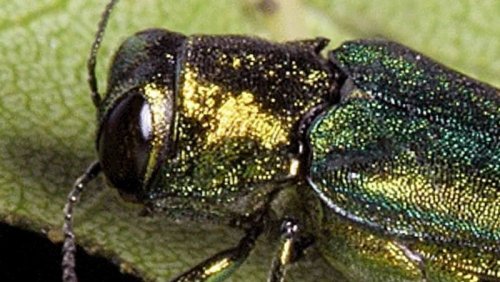
The ash borer's presence in the Northeast is expected to intensify this year, according to experts, and scientists on the western side of its range are introducing other non-native species of insects in hopes of controlling its spread and the damage it causes.
The spread of EAB since it first was found in the United States nearly two decades ago can be attributed to the lack of natural predators, but also to host susceptibility. Ash trees in EAB's native Asia have built up some immunity to the pest over time, while host trees in the U.S. have not.
"Several of us around the country have evaluated host susceptibility to EAB since we first detected it in 2002. We've used a variety of experimental designs to evaluate host susceptibility," said Nate Siegert, entomologist at U.S. Department of Agriculture's Forest Service, in a webinar hosted by the Natural Resources Conservation Service.
"What we consistently find across these studies is that North American species of ash are more susceptible than Asian species of ash due to co-evolution of the host and the insect pest. European species tend to be intermediate in terms of susceptibility."
In Nebraska, the U.S. Department of Agriculture recently introduced at least two species of non-native, non-stinging wasps in the fight against EAB. The wasps, which are native to Asia, are natural predators of EAB and parasitize the pests in their larval stage.
EAB entered the United States in 2002 aboard a Chinese cargo ship. Since then, it has spread to 35 U.S. states and five provinces in Canada and caused billions in damage, killing trees on golf courses, in parks and forest land.
Native to eastern Asia, the EAB borer burrows into ash trees as an adult where it lays its eggs. The larvae feed on the layer beneath the bark, disrupting the tree's vascular system and its ability to take up water and nutrients and eventually kill the tree.
The ash borer's current range has increased dramatically, according to the web site emeraldashborer.info, and borders Colorado to the west, Texas and the Gulf Coast to the South, the Atlantic to the East and north all the way to Maine. It is an area that includes Alabama, Arkansas, Colorado, Connecticut, Delaware, Georgia, Illinois, Indiana, Iowa, Louisiana, Kansas, Kentucky, Maine, Maryland, Massachusetts, Michigan, Minnesota, Missouri, Nebraska, New Hampshire, New Jersey, New York, North Carolina, Ohio, Oklahoma, Pennsylvania, Rhode Island, South Carolina, South Dakota, Tennessee, Texas, Vermont, Virginia, West Virginia and Wisconsin. Florida, Montana, North Dakota, Oregon and Wyoming are on high alert.
It is found in Canada in Manitoba, New Brunswick, Nova Scotia, Ontario and Quebec.
The EAB web site is a news and information portal that is a cooperative effort between Michigan State, Purdue and Ohio State universities, the Michigan and Ohio departments of Agriculture; the Michigan, Indiana and Ohio departments of Natural Resources; the USDA Forest Service; the USDA Animal and Plant Health Inspection Service (APHIS); and the Canadian Food Inspection Agency.
In recent years, the U.S. Department of Agriculture has been raising non-stinging parasitic wasps from Asia to help control EAB.
Four species of wasp have proven to be effective at parasitizing 50-90 percent of the target EAB ova or larvae, Spathius galinae, Spathius agrili, Oobius agrili and Tetrastichus planipennisi, the last two being the same species used recently in Nebraska.
Those parasitic predators lay their eggs on EAB larvae and when they hatch the juvenile wasps eat their way out, killing the host.
The wasps are raised at the USDA Animal and Plant Health Inspection Service facility in Brighton, Michigan.
- Read more...
- 2,190 views

